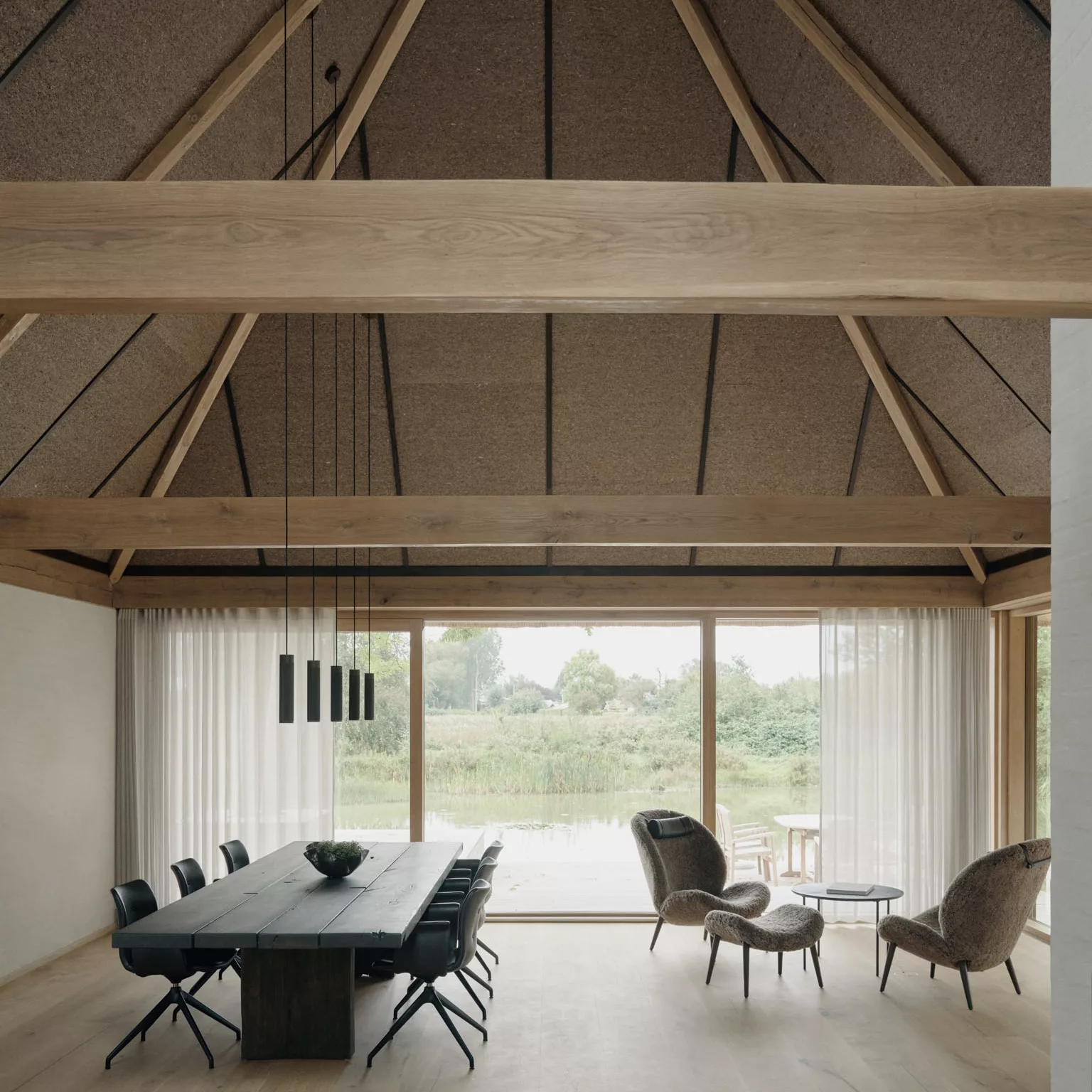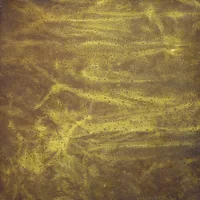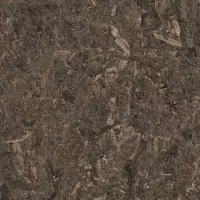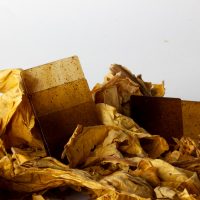
Moving Towards a Plastic-Free Future in Architecture & Interiors
You have seen the photos oceans chocked with debris, wildlife tangles in waste. The reality is, most of us already know plastic is a crisis. But rather than dwell on guilt, it is time to channel that anxiety into advocacy. In architecture and interior design, plastic often goes unnoticed, quietly woven into building materials, finishes, furnishings and insulation. While not all plastics pose the same risks, some are alarmingly hazardous. PVC (polyvinyl chloride) is among the most commonly used plastics in construction and also one of the most harmful to both human health and environment.
Recognising plastics in design and daily life
We encounter plastics constantly, especially in spaces where we live and work. From vinyl flooring to foam cushions, plastics have become a common material in modern interiors. Understanding what we are dealing with is the first step toward change. Here's a quick look at some of the most common plastics:
- PVC (Polyvinyl Chloride) - common in pipes, wall coverings and vinyl flooring. Toxic during both manufacturing and disposal.
- PU (Polyurethane) - found in foams, surface coatings and adhesives. Known for emitting VOCs and difficult to recycle.
- PET (Polyethylene Terephthalate) - used in textiles (like synthetic rugs) and some insulation materials.
- EPS/XPS (Expanded/Extruded Polystyrene) - Frequently used in packaging, insulation, and ceiling tiles. Non-biodegradable and persistent in the environment.
By learning to spot these plastics, we empower ourselves to make more conscious choices. When possible, we can replace them with natural or inert alternatives, and support products that are designed for circularity and biodegradability.
Rethinking materials in architecture and interior design
Once hailed as a miracle material for its light weight, durability and low cost, plastic has become a default choice in architecture and interior design. But the convenience comes with a steep price, both environmentally and in terms of human health. Plastics are deeply embedded in the built environment: in furniture frames and cushions, acoustic and thermal insulation, wall and ceiling panels, flooring, laminates and decorative finishes.
The problem extends the plastic itself. It also involves the toxic additives commonly used in its production, the challenges (or even impossibility) of effectively recycling it, and the substantial waste it produces over its entire lifecycle. Even "eco" or recycled plastics can be misleading, often repackaging harmful materials in a greener guise without addressing the fundamental issues. To move forward, we must reimagine the material choices altogether and focus on healthier, regenerative and truly sustainable alternatives.
Introducing sustainable, plant-based innovations
The future of materials is already taking shape with materials that are beautiful, high-performing, and free from the toxic legacy of plastics. Designers now have access to next generation alternatives that combine functionality with environmental responsibility. 3D sprayed micro pulp for example offers a breakthrough alternative to injection-moulding plastics. Made entirely from cellulose and water, it eliminates the need for synthetic binders and expensive, energy-intensive moulding processes. It is ideal for producing furniture, accessories and architectural details with minimal waste.
Furniture grown with mycelium replaces toxic polyurethane foams and adhesives used in seats and panels. It grows into custom moulds, creating strong, lightweight pieces that are fully biodegradable. For walls and insulation, panels made from cork, mycelium and eelgrass outperform recycled plastic composites by providing natural thermal and acoustic insulation without VOCs or microplastics. These materials can directly replace conventional plastic-based insulation products in buildings.
Cellulose acetate stands out as a plant-derived alternative to acrylics, vinyl and polystyrenes. It can be 3D printed or moulded into durable forms, but unlike petroleum plastics it safely breaks down at the end of its life.
Clay paints and plasters are merging as powerful alternatives to acrylic and vinyl coatings. Made from natural earth minerals, clay finishes are completely free of VOCs, synthetic resins and harmful additives. They are breathable and hydroscopic, meaning they can absorb and release moisture. They help regulate indoor humidity, reduce the risk of mould, and improve overall air quality. Unlike plastic based paints, clay finishes don't trap toxins or off-gas overtime. Instead, they create interiors that are non-toxic, calming, and naturally aligned with human and environmental health.
What to avoid
PVC (Polyvinyl Chloride) - This plastic is widely used in building materials, yet it is one of the most harmful. It releases toxic chemicals throughout it lifecycle, from production to disposal, and it is extremely difficult to recycle.
Synthetic Foams - Often found in cushions, mattresses, and insulation, synthetic foams emit VOCs that can negatively impact indoor air quality. They are also non-biodegradable, making them a long-term burden on landfills.
Composite Plastic Laminates - Used in countertops, cabinetry, and flooring, these multi-layered plastics are nearly impossible to separate into recyclable components. Their durability comes at a cost as they can't be repurposed and persist in the environment for decades.
"Eco-Plastics" and Recycled Plastic Blends - These materials often contain the same harmful chemicals as virgin plastics. Recycling doesn't eliminate toxicity, it simply delays the inevitable trip to landfill.
A vision for the future









